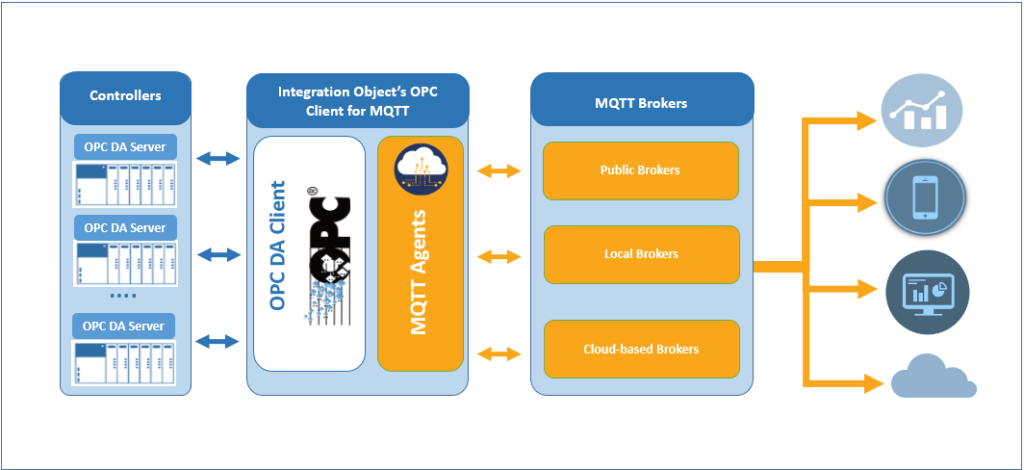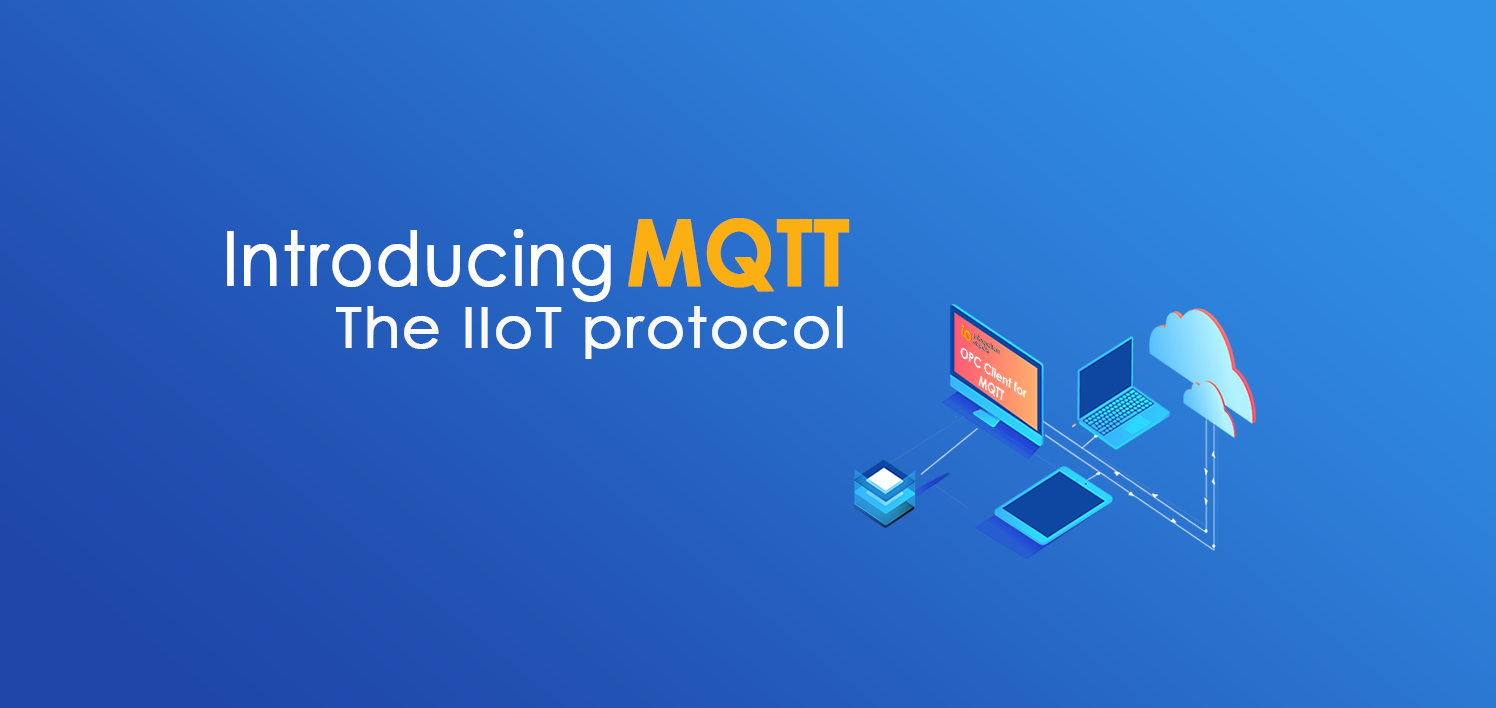What is MQTT?
“MQTT stands for MQ Telemetry Transport. It is a publish/subscribe, extremely simple and lightweight messaging protocol, designed for constrained devices and low-bandwidth, high-latency or unreliable networks. The design principles are to minimize network bandwidth and device resource requirements whilst also attempting to ensure reliability and some degree of assurance of delivery. These principles also turn out to make the protocol ideal of the emerging “machine-to-machine” (M2M) or “Internet of Things” world of connected devices, and for mobile applications where bandwidth and battery power are at a premium.” ~Citation from mqtt.org
To sum up, the MQTT is a simple, light weighted and open publish/subscribe messaging transport protocol invented to facilitate machine-to-machine (M2M) communication. These characteristics made it the leading messaging protocol for the Industrial Internet of Things (IIoT).
Advantages of MQTT
The MQTT protocol allows data acquisition system to access industrial IoT data. It brings several benefits:
- Extremely light weighted overhead.
- Ensure efficient communication across platforms.
- Increase scalability
- Reduce bandwidth consumption.
- Very secure.
- Publish/subscribe protocol provides lossless bidirectional connections.
How it works?
MQTT is a publish/subscribe protocol that allows connected devices to send or receive messages to a broker. Each device can subscribe to particular topics (the subscriber). When another client publishes messages on a subscribed topic (the publisher), the broker forwards the messages to subscribed clients.
The light weightiness of MQTT makes it possible to increase the amount of data being collected, controlled and transmitted.

MQTT for IIoT communication
MQTT was designed to collect data from many devices and transport it afterward to the IT infrastructure. It is lightweight, and therefore ideal for remote monitoring, especially in machine-to-machine (M2M) connections that require a small code footprint or where network bandwidth is limited. Hence, MQTT is becoming the leading messaging protocol for the Industrial Internet of Things (IIoT).
MQTT & OPC for secure data transfer to the Cloud
Integration Objects’ OPC Client for MQTT leverages MQTT protocol and OPC standard to link devices and sensors with the Cloud. In fact, it collects real-time data from multiple OPC DA servers. Then, it securely transfers those data to any MQTT Broker accessible through the network. This OPC Client provides multi-threading capabilities using MQTT Agents.
The OPC Client for MQTT improves connectivity, efficiency, scalability, time savings, and cost savings for manufacturing organizations. Indeed, it allows you to connect data silos with people, and processes from the plant floor to the executive offices. It is the link you need between OPC and IoT MQTT to enhance performance, security and high availability. More information here!

Subscribe to our newsletter and stay updated on the latest Integration Objects’ news, events and webinars! >https://integrationobjects.com/downloads/newsletter/



